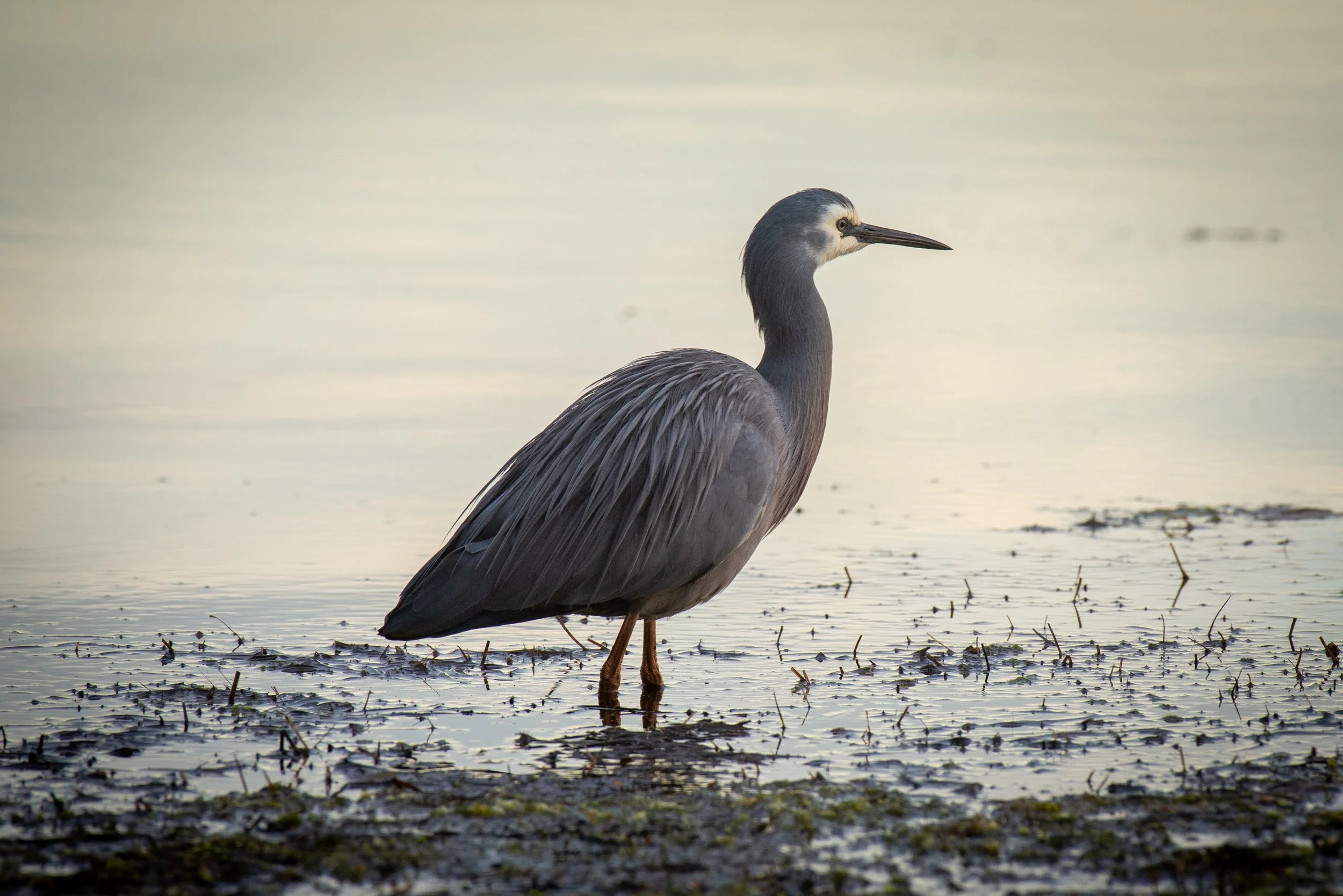Water Birds
-

Ducks
Ducks are versatile, medium-sized waterfowl with broad, flat bills and webbed feet. They are strong swimmers, often seen in ponds, lakes, and rivers, feeding on plants, insects, and small fish. Ducks are social and adaptable.
-

Swans
Swans are large, graceful waterbirds known for their long necks, white or black plumage, and strong bonds with mates. They glide elegantly on lakes and rivers, feeding on aquatic plants and small creatures.
-

Heron
Herons are tall, elegant wading birds with long legs, necks, and sharp bills. They hunt fish and amphibians in shallow waters, standing still before striking. They thrive in wetlands, rivers, and coastal areas.
-

Cormorants
Cormorants are sleek, aquatic birds known for their dark feathers, long necks, and excellent diving skills. They hunt fish underwater, often seen drying their wings after diving, and inhabit coastal and inland waters.
-

Darters
Darters are sleek water birds found around the Central Coast’s rivers, lakes, and wetlands. They dive underwater to catch fish and often spread their wings to dry in the sun. Darters rely on healthy waterways to survive, so protecting these habitats helps keep their food and nesting areas safe.
-

Egrets
Egrets are graceful white water birds found around the Central Coast’s wetlands, rivers, and lakes. They hunt for fish and insects in shallow water. Egrets are sensitive to changes in their environment, so it’s important to protect their feeding and nesting areas by keeping our waterways clean and undisturbed.
